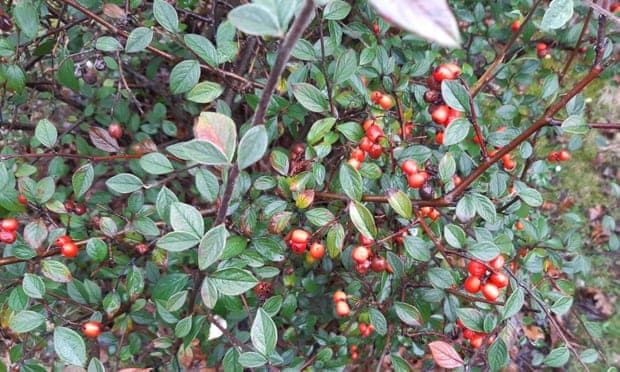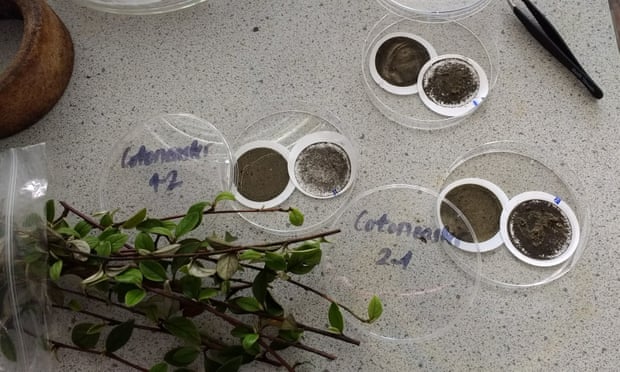A New Finding From RHS: A Super Plant Cotoneaster Absorbs Pollution
Hairy-leafed & bushy cotoneaster has been identified as a ‘super plant’ that can facilitate the absorption of pollution on busy roads, according to the statement from horticultural professionals.
Researchers from RHS (Royal Horticultural Society), UK noticed the potential of these shrubs absorbing air pollution by comparing various kinds of hedges like western red cedar, hawthorn, and cotoneaster.
The research is part of charity work to reduce ecological issues like heatwaves, flooding, and air pollution as well as enhancing the benefits of green spaces and gardens.

On busy roads with constant heavy traffic, the hairy-leafed hedge called Cotoneaster franchetti showed a minimum of 20% more efficiency in soaking up pollutants with respect to other hedges, the scientists stated, although it didn’t make much difference on quieter roads.
The lead scientist, Dr. Tijana Blanusa claimed that on major city highways with traffic jams, they have observed that the plant type with more intricate, denser canopies and rough & bushy leaves like cotoneaster were the most efficient.
They mentioned that they are aware that in about seven days, a 1m long well-controlled dense hedges will soak
up the same quantity of pollution that a vehicle releases in a 500-mile drive.She added that cotoneaster would be befitting to grown on sides of busy roads particularly the pollution hotspots, while in other places where boosting nature was the key, a blend of species would be advised.
While a study of 2,056 individuals for the RHS discovered that a 3rd (33%) were impacted by air pollution, merely 6% are implementing necessary measures in their gardens to reduce it.
Of those evaluated by YouGov, 86% stated that they attended the ecological issues, while 78% worried because of climate alterations, and the RHS is wishing to harness that heed to motivate individuals to consider making a better environment for their garden.

Prof. Alistair Griffiths, RHS Director, Science & Collections claimed that they are persistently determining additional new super plants with distinct features which when merged with other plants offer amplified benefits while offering much required home for wildlife.
They have identified, for instance, that ivy wall cover is a potent cooling climber for buildings, and privet & hawthorn enables reduction of localized flooding and heavy summer rainfalls. If planted in green spaces & gardens where these environmental problems are most common, a big difference can be brought for fighting against climate alterations.
RHS researchers are currently relocating to Hilltop center, charity’s garden, Wisley, Surrey, which has all the infrastructures that will facilitate them to boost research into these areas, exhibition spaces, and live lab gardens.
A Super Plant Absorbs Pollution




























I am a student of M.Sc Microbiology. I want to know about the topic for the thesis on Any medicinal plant on which less thesis work is done. So kindly suggest to be the best plant for which I can do my final semester thesis.